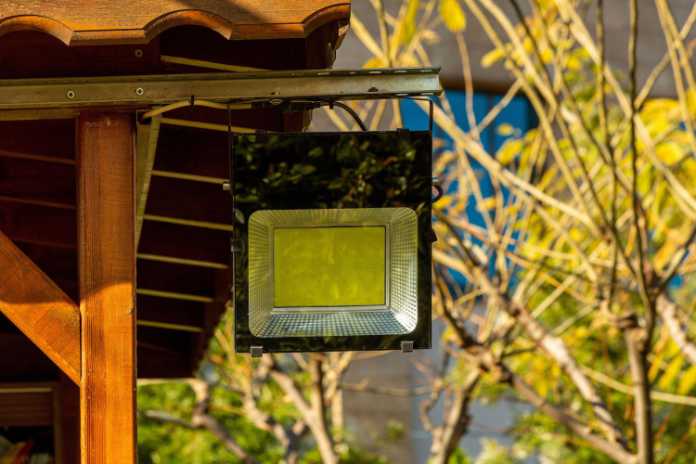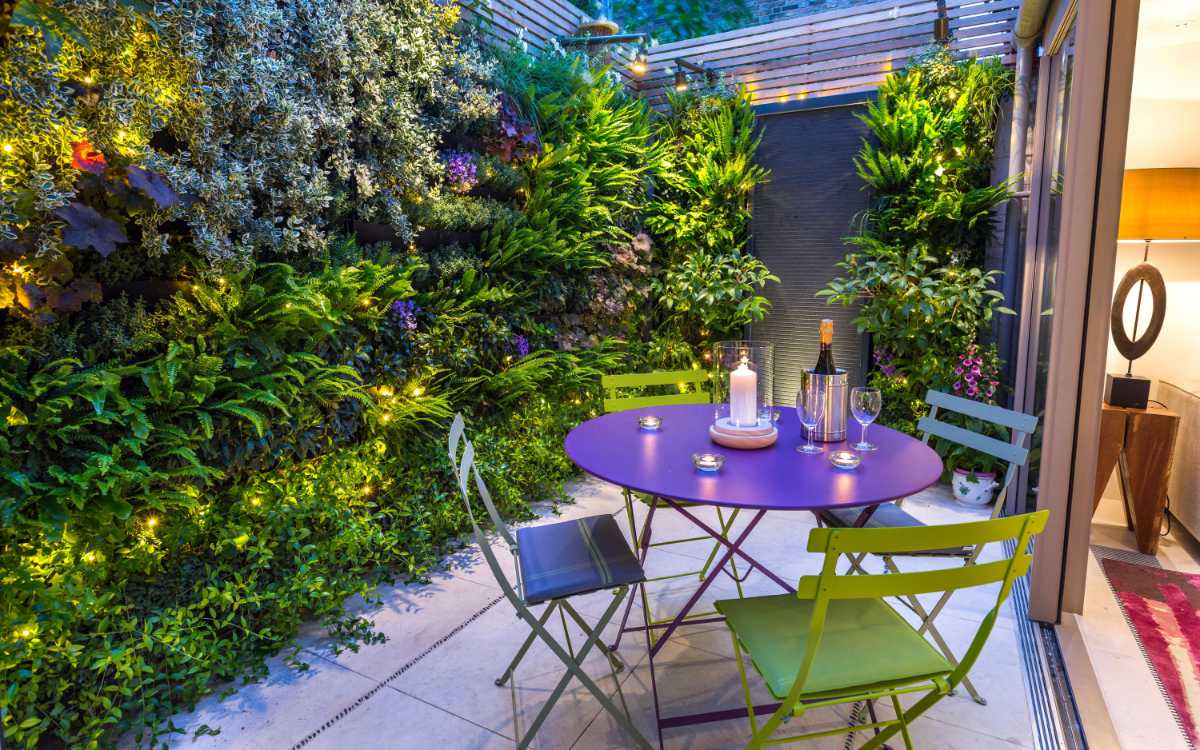You’ve spruced up the patio and cleaned the garden furniture in preparation for spring and summer entertaining – but what about lighting your outdoor space?
You may just opt for twinkling fairy lights, strategic lanterns, or solar lights to enhance the mood – but top garden designer Andrew Duff (andrewduffgardendesign.com), managing director of The Inchbald School of Design in London, warns there are pitfalls you’ll want to avoid.
Garden lighting tips
Looking for tips on garden lighting? Duff talks us through some key dos and don’t…
What are the common mistakes people make?
“The main one is overlighting. If you overlight a garden, making it too bright, you lose the wonderful mystique of the space,” says Duff. “The market has become very sophisticated now and people are aware there is specialised garden lighting, and people are bringing in garden lighting experts to light the garden for them.

“But people still think the more the merrier – the more it is lit, the better it’s going to be. But it’s really about washing areas with light, so it’s really gentle.”
Are solar lights adequate?
Duff says solar lighting won’t be appropriate for seriously illuminating steps or other areas which need to be clearly visible. “Solar lighting is really gentle, just a subtle glow. You can’t use it for security or lighting steps. It’s just little pulses of light through planting, in the same way we might use fairy lights or lanterns.”
What lighting should you use for entertaining?
“We are seeing a massive return to the use of candles, storm lanterns on the table, soft romantic light we used to have before we overpowered our gardens. Make sure the area around the house is lit, but in a gentle wash, flooding the light out at ground level, so it’s not on the people as such,” says Duff. “Get a qualified electrician – a good lighting supplier will give you the technical data you need – to ensure it’s all safe.
View this post on Instagram
“In terms of tabletops, gone are the days of spotlights over the tables. Now we are using candle lights as we would inside the house. Strips of warm, white LED lights work beautifully, because then it feels natural. If you introduce colours to a space, you are introducing a very different aesthetic. But you can change the lights at the flick of a switch, so you can have soft white light for an evening meal, but if your kids want to play or you want something more exciting, you can change the colour.”
How would you use coloured lights?
“There’s so much colour in a garden and if it’s lit correctly, you don’t need coloured lights. In a wonderful contemporary garden, a single colour can be almost sculptural in its effect, but be careful that you don’t over-complicate the colour choice,” says Duff.
Will it involve excavating brickwork or other hard landscaping to accommodate new lighting?
“Not necessarily. Many new lights on the market have cabling, which is really fine and subtle. There’s no more big chunky armoured cable because the power to them is so low,” says Duff. “You don’t always need to channel out huge things. You can hide it in planting and in gravel. When the terrace is a wash of gentle lights, think about what features you can highlight in the garden. It might be lighting sculptural pots or a tree in the back.”
How do you best position lights to do that?
View this post on Instagram
“A lot of people feel that if you put the lighting under the tree ,that’s the best thing, but actually it’s better to put it in front so that the light washes through it and produces an amazing shadow on whatever is behind. The thing to do is experiment,” suggests Duff. “It doesn’t need to be permanent. Play around with your lighting until you get it right. Planting grows and it covers light, so it’s good to have lighting that you can reposition in the garden.”
How do you light a water feature?
“Pond lights, which go in the water, can uplight marginal plants. But consider what your pond is for,” says Duff. “If you want it to attract wildlife, then lighting is really going to put them off. I wouldn’t normally recommend lighting a pond at all.
“And of course if you light a pond in the water, you can see the bottom, which is never terribly attractive. But there is a range of solar lights which just float on the top, which can create a very pretty effect, almost like little stars.”
What about downlighting?
“If you want to highlight stem structure, wonderful bark and the planting below, then a downlighter can work well in a tree. The key is to make the downlighter as invisible as possible, so I always go for a black matt finish, with a small, low-voltage capable, which disappears into the tree.”
Best-selling garden lighting
Stuck for inspiration? Check out our list of best-selling Amazon products!
No products found.
You may be interested in…
This article may include affiliate links to products and services where we may receive a small fee to support the running of this site if you make a purchase or is a sponsored article from one of our select editorial partners providing valuable advice and information to our readers.































































